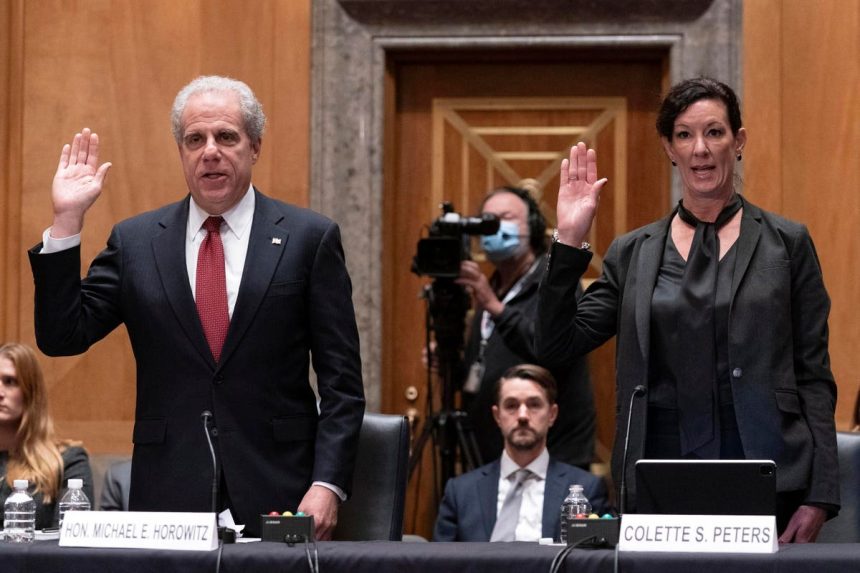The Federal Bureau of Prisons (BOP) has been implementing the last vestiges of the First Step Act (FSA) after the Final Rule in the Federal Register was published in January 2022. That rule allowed many federal prisoners to earn credits that would both reduce their sentences by up to one year and also allow them to earn an unlimited amount of credits toward home confinement. This program would primarily benefit many non-violent offenders in federal prison camps and Low security institutions. However, the bad news is that challenges in implementing this rule still persist.
Throughout 2022, the BOP struggled with implementing the FSA as it had to address the fact that thousands of inmates would suddenly be released after applying these FSA credits. After that, the BOP had to quickly identify thousands more inmates who would soon be leaving and prepare them for a transition back to the community, which usually involved some stay in prerelease custody (halfway house or home confinement). To many minimum security prisoners, it meant that they would soon be going home. The BOP moved thousands of prisoners out as a result of FSA but those in prison still continue to encounter issues, such as trying to answer what should be a simple question, “When am I going home?”
I reached out to the BOP for a statement on the FSA implementation and they stated, “The Federal Bureau of Prisons (FBOP) fully embraces the First Step Act (FSA) and has developed an auto-calculation application which reviews the records of every adult in custody, whether in prison or pre-release custody, every month.”
However, the BOP still has challenges with finding an approach to dealing with prisoners who are continuing to earn credits toward reducing their sentence. This is a particular problem for prisoners who have sentences under 48 months (4 years). In this example, assume the person surrendered to the BOP in mid-August 2022 and the Good Conduct Time was calculated bringing the person’s release date to early January 2026. That same person will earn FSA credits each month while incarcerated which will reduce the sentence by a year, so January 2025. However, the BOP currently calculates credits as they are earned. While in our example the person will earn a total of 365 credits to reduce the sentence to January 2025, the current BOP calculation is that the person has only earned 150 credits through September 2023 (today’s date) … meaning an out date of mid-August 2025. There is no way to account for the credits that are still to be earned.
The issue is that the BOP usually starts to assess when prisoners will transition for release to the community over a year before their release. In fact, under the Second Chance Act (signed by President George W. Bush) prisoners can be placed in prerelease custody up to a year from their release date. With the FSA, it is difficult to assess when that prerelease custody date should begin because prisoners continue to earn credits that bring their release date closer with each passing month. In the example presented, the current situation with the prisoner is that they will not be released for over 18 months from now (mid-August 2025), so there is no need to reach out for prerelease custody placement. However, in reality, the person’s release date will be January 2025 once all of their credits are earned, and could be released to prerelease custody as early as January 2024. The issue is that by the BOP realizes this person’s release date is sooner than they had anticipated, it means that time out of the institution would not be maximized. Prisoners want to be home sooner and the BOP wants the reduced cost associated with housing prisoners out of institutional settings (a savings of as much as 50% for each prisoner).
This has been confusing for prisoners and their family who want to get back home and recover from the events that sent them to prison. Also, BOP Director Colette Peters has made it a priority to have prisoners reunited with their families as soon as the law permits. She has accomplished that in large part through her efforts and support on the now-ended CARES Act, but this final issue with fixing a release date persists. The BOP announced in late 2022 that it was developing a calculator to project FSA credits so it could address this very problem of getting a date for prerelease custody. However, that has not happened and there is no date for when this calculation issue will be addressed.
Until then, prisoners continue to line up outside of their case manager’s office to plead their case that their release date is closer than what the BOP is calculating. As one prisoner told me, “My case manager said, ‘the computer tells your release date and it could be tomorrow, or next week, or next year, it does not matter to me. But I don’t have the ability to make that decision myself.’”
Most prerelease evaluations often take into account the length of time the person has been in prison, which for many could have been decades. Prerelease custody is available to most all inmates, even those who leave high security penitentiaries, who have a release date. For some, a halfway house means an opportunity to live while they earn some money and get back on their feet. However, many minimum security inmates value the time away from prison so that they can reunite with their family sooner rather than later. Each day, the BOP must make decisions on who leaves the prison to serve the remainder of their sentence in the community. However, without a determined date of release, this equation is even more difficult.
The BOP’s Carl Bailey, Office of Public Affairs, provided a statement regarding the BOP’s intention to further revise how it calculates credits. Bailey noted that Credits cannot be applied to an individual’s projected release date until they are actually “earned.” Further, as an individual can earn 15 days of time credits, and as there is no partial or prorated credit, it is feasible that earned credits could be greater than the number of days remaining to serve. However, the earned time credits are “in an amount that is equal to the remainder of the prisoner’s imposed term of imprisonment.” Simply stated, the credits are earned, and they cannot exceed the remaining time to serve at the point they are earned.
Bailey stated that the BOP’s position was that “ordinarily, the applicability of time credits towards pre-release custody will be limited to time credits earned as of the date of the request for community placement. However, in an effort to ensure eligible adults in custody receive the maximum benefit, the agency is developing additional auto-calculation applications which will calculate a “Conditional FSA Release Date” and an “Earliest Conditional Pre-Release Date” which would include the maximum FTC benefit. These two planning application tools will allow for better caseload management. The agency is in the final stages of development and testing the new calculators and plan to deploy before the end of the calendar year. As already referenced, even with the additional planning tools, adults in custody will still have to earn the credit before it can be applied. “
To many of those in prison, that cannot come soon enough.
Read the full article here




